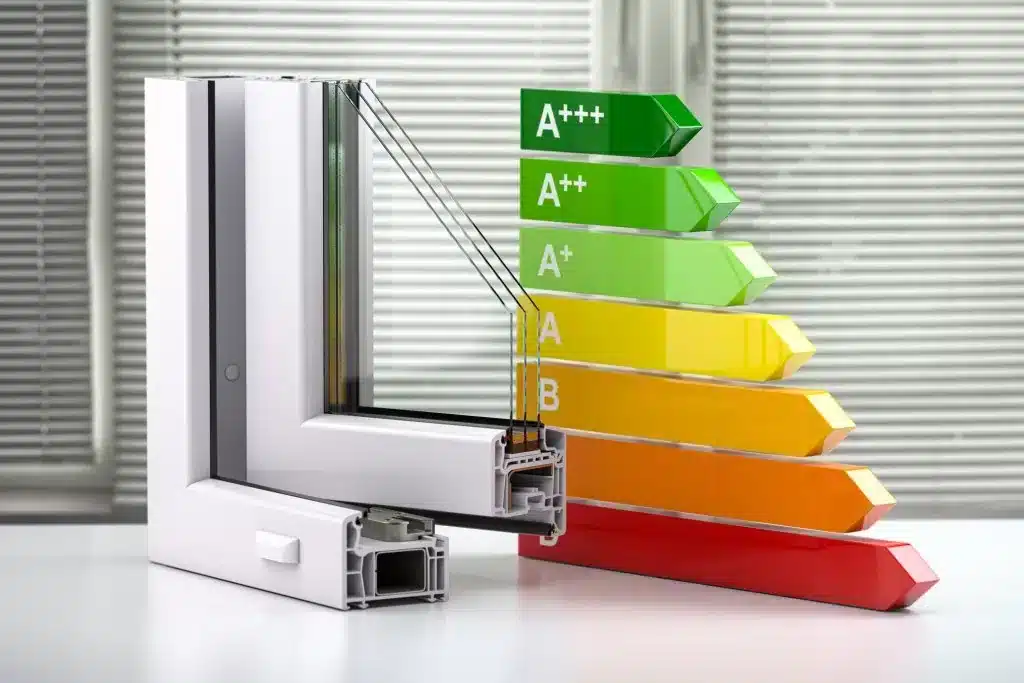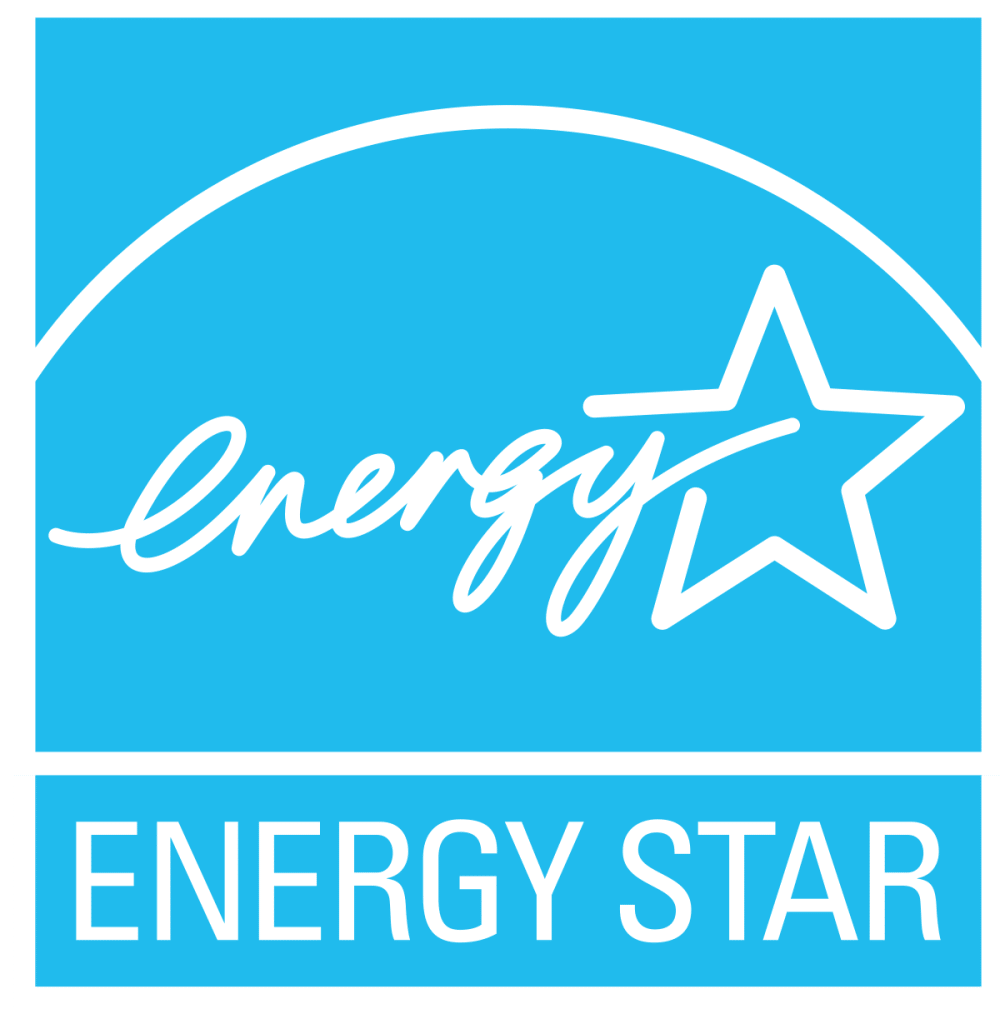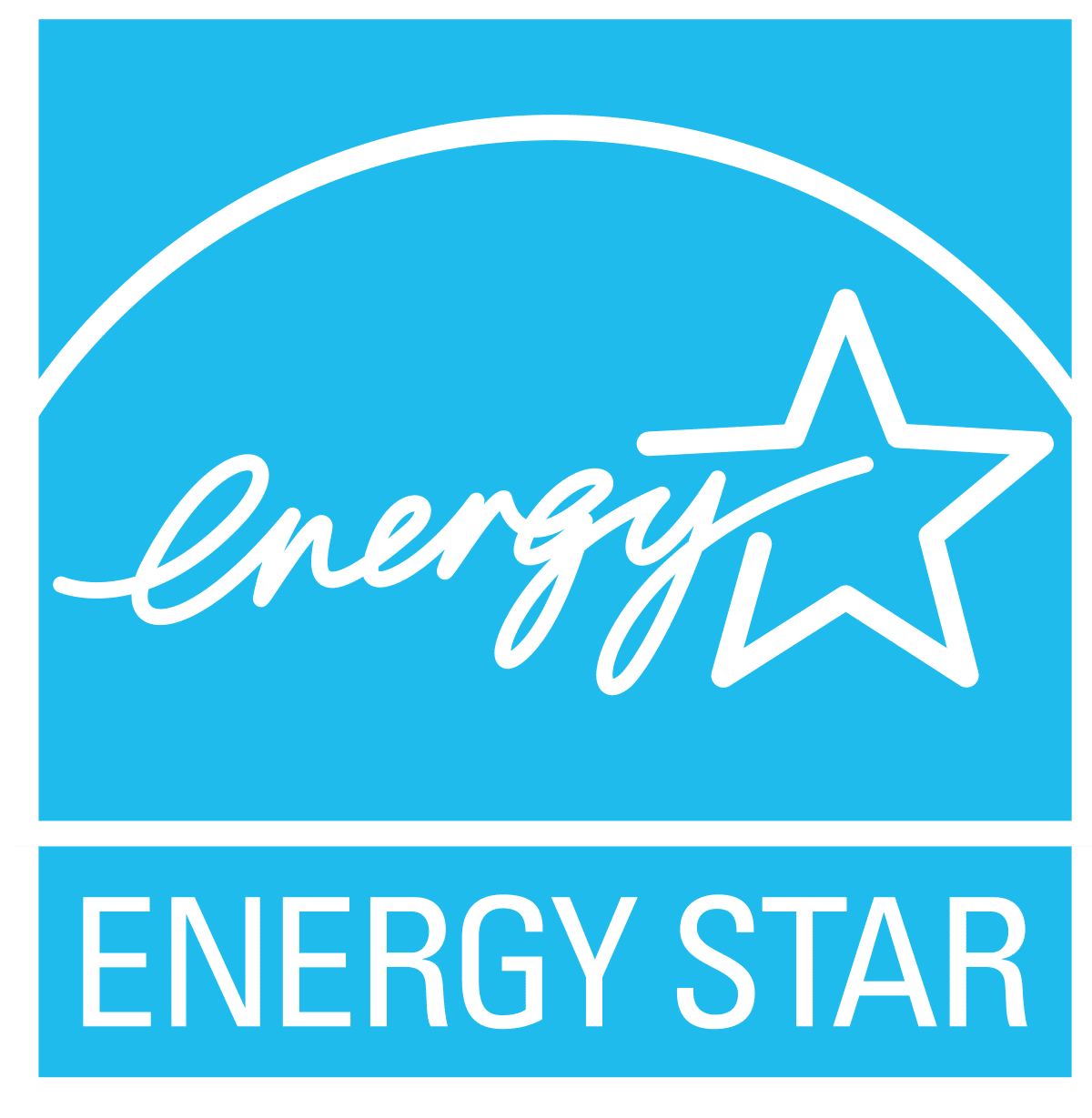Energy efficiency has been a term home and business owners alike have been knowledgeable about when it comes to windows and doors in Canada for quite some time. The reduction in heat bills, and in the increase in comfort level are two very important reasons to be aware of a window or door’s energy efficiency rating. Due to these advantages many homeowners are replacing their old and outdated windows and doors with modern energy efficient replacements. But how do you know the difference between the energy efficiency levels of two windows or two doors? Understanding the labels affixed to each of these products is a good starting point.
Your weather condition determines what type of windows you need. A cold temperature means you need windows and doors that will keep your indoors warm. For this, you’ll need a low U-Factor rating on the label of your windows and doors.
In Canada, the energy performance of your windows and doors are tested with the Canadian Standards Association standards. Additionally, some may also be tested by the National Fenestration Rating Council (NFRC) from the United States. Every product that is tested, should also be appropriately labeled. These agencies take their time to evaluate the products in different conditions before assigning their ratings.
Here are the values in which energy performance is rated, here in Canada.
U-Factor
The U-factor indicates the energy performance of windows and doors. It measures the capacity of the window to hold heat. A lower U-Factor rating means the window will trap more heat in the house, while higher ratings indicate otherwise. Your choice should be dependent on the weather condition in your area.
Solar Heat Gain Coefficient (SHGC)
Another indication of energy performance is the SHGC label. This label measures the amount of heat a window blocks from the sun. Health practitioners recommend low solar heat, so look out for low SHGC ratings.
Air Leakage
Air leakage is the leading factor for upgrading windows and doors. Drafts and moisture reduce indoor heat and increase heating bills, however, energy-efficient windows combat air-leakage by using multiple insulations. The lower the air leakage, the better.
Energy Rating (ER)
A window or doors ER rating indicates the balance between the U-Factor, SHGC and Air Leakage. The higher the number, the more energy efficient the window or door is.
Visible Transmittance
Visible transmittance indicates the amount of light that’s able to pass through an energy-efficient window. The higher the ratings, the higher the transmittance. If a darker atmosphere is what you prefer, then you should check for lower V.T.
R-Value
This measurement indicates the window or doors ability to resist heat transfer. The higher the value, the more efficient the product is.
Condensation Resistance
Condensation resistance measures the ability of a window to prevent the accumulation of condensation. The higher the ratings, the better it is at stopping condensation. Condensation can damage your windows, wood, and even cause excess moisture indoors.
When it comes to windows and doors, being told that a product is energy efficient isn’t enough. Ask for the values of the ratings to compare your replacement options.







 | Website Design Calgary
| Website Design Calgary